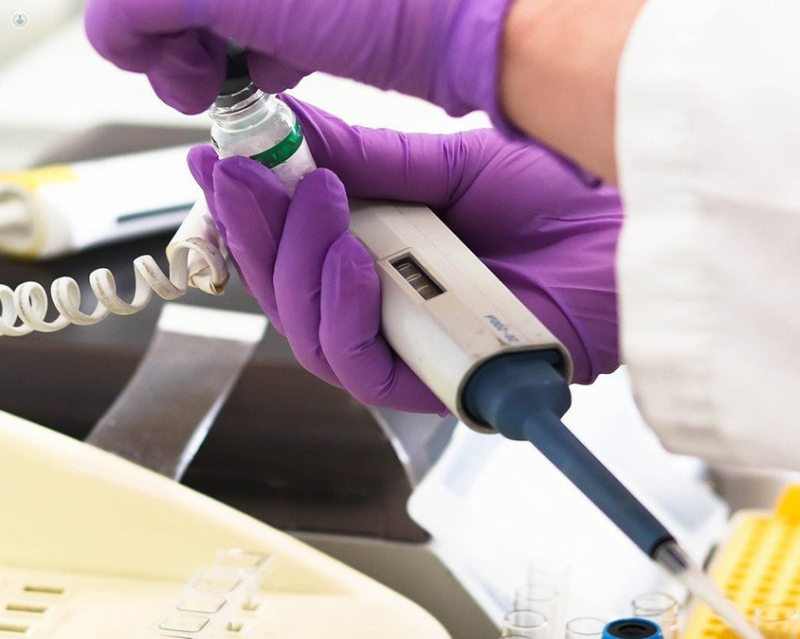Everything you need to know about the COVID-19 test
Autore:After the announcement from the World Health Organization that the Coronavirus (COVID-19) outbreak is as a global pandemic, an increasing number of people have undergone tests to find out if they have contracted the virus. Amongst many who have been diagnosed is the prime minister of Canada, Justin Trudeau, and actor Tom Hanks.
The UK government recently announced that it would now only test for COVID-19 among people admitted to hospital , and that those suffering from mild symptoms wouldn’t be tested but should stay at home for seven days.

If you’re looking to get tested privately, you must pay attention to symptoms. Coronavirus symptoms include: Fever, coughing and respiratory difficulties.
What should I do if I’m experiencing severe symptoms of coronavirus?
You should contact the NHS 111 online coronavirus service if:
- you feel you cannot cope with your symptoms at home.
- your condition is getting worse.
- your symptoms do not get better after 7 days.
You can access this service via this link: http://bit.ly/2IUGamM
Alternatively, you can call 111 if you cannot get help online.
It may be advisable to get a test where the genetic material of the pathogen is analysed to determine if COVID-19 is present. A test can be done privately.
What does the COVID-19 test involve?
The Coronavirus (COVID-19) test requires two types of samples: A nasal and throat test.
- The specialist should disinfect their hands with alcohol and should put on gloves.
- The first swab should be inserted into each nasal orifice and moved around in a circular motion.
- The nasal swab should be then be placed in a tube (the universal transport medium, UTM).
- The second swab should then be used to check the throat. It should be inserted until it is inserted right into the pharyngeal space – it should then be rotated for at least ten times.
- The second swab will also be placed in a UTM.
While collecting a sample is easy, actually determining whether a person is infected with the coronavirus is much more complicated.
In order to detect the presence of the virus’s genetic material (RNA) in the patient’s sample, a test is performed called reverse-transcription polymerase chain reaction. This method converts any viral RNA to DNA. The DNA is then replicated millions of times until there are enough copies to detect using a specialised piece of equipment called a quantitative PCR instrument.
If genetic material from the virus is found in the sample, then the patient is infected with the virus. It takes 24-72 hours to get the results of a test and the test results are generally very accurate.
Finally, It’s possible that in the first stages of contracting the virus, it may not be detected with a test, so it’s important to keep this in mind. Stay healthy!


